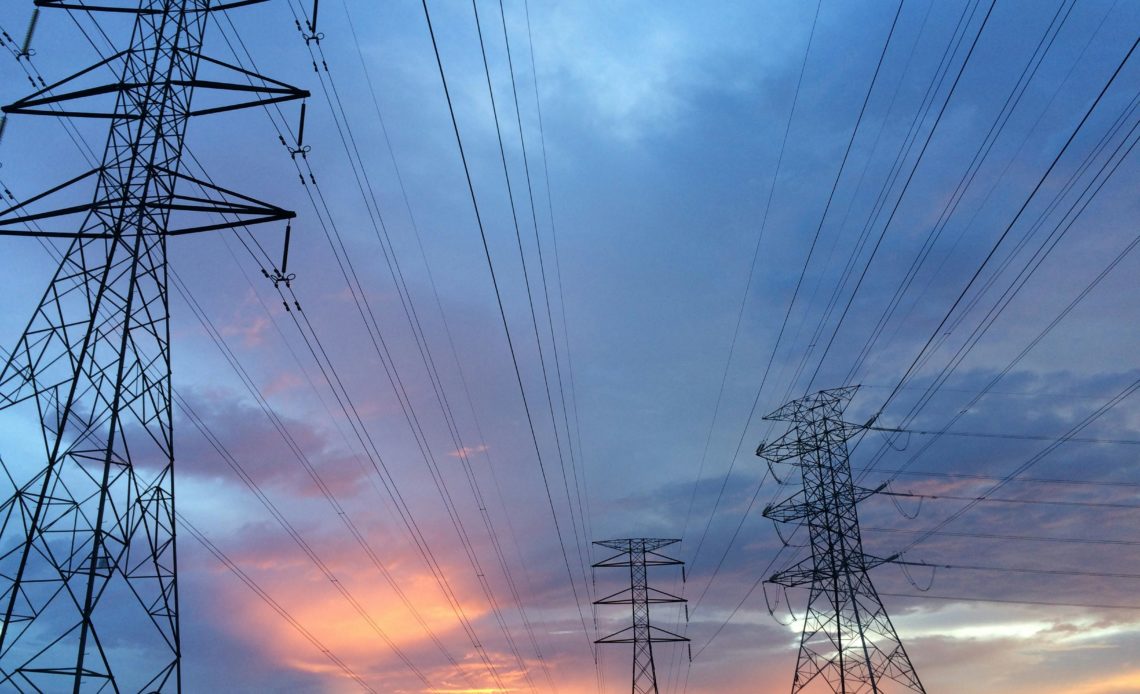
Vertical: Utilities
Application: Falling Conductor Protection, metering, fault detection
Ecosystem: Nokia
Private Network: LTE, CBRS
In a landmark move for the utility sector, San Diego Gas & Electric (SDG&E) has begun deploying a private LTE network, marking a significant step towards modernizing its grid infrastructure. This initiative, which leverages Nokia’s private LTE solution, aims to enhance the utility’s operational efficiency, safety measures, and ability to support emerging energy technologies.
SDG&E’s decision to invest in private LTE technology comes after a substantial $21 million acquisition of Priority Access Licenses in the CBRS spectrum auction. The utility is now in the process of implementing its first live sites, with plans to evaluate their performance before expanding the network further.
One of the primary drivers for this deployment is SDG&E’s innovative Falling Conductor Protection (FCP) system. This critical safety feature requires low latency communication to detect and de-energize failed power lines before they touch the ground, potentially preventing wildfires. The private LTE network is expected to provide the necessary speed and reliability to scale this system effectively.
Beyond the FCP system, SDG&E envisions a wide array of applications for its private LTE network. These include advanced metering infrastructure, improved fault detection, mission-critical communications for field workers, and enhanced supervisory control and data acquisition (SCADA) capabilities. The network is also designed to support the integration of renewable energy sources, energy storage systems, and the growing demand for electric vehicle charging infrastructure.
Burns & McDonnell’s 5G solutions manager, Bruce Albright, brings valuable experience from pioneering private LTE deployments in the utility sector. While the initial deployment focuses on LTE technology, the network’s design allows for potential future upgrades. This forward-thinking approach positions SDG&E to adapt to evolving communication needs and technological advancements in the utility industry.


